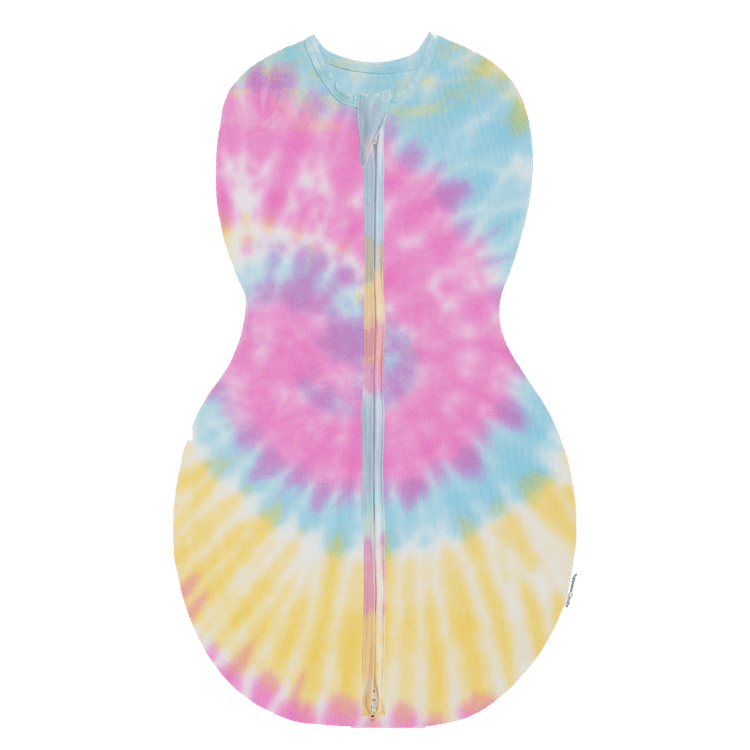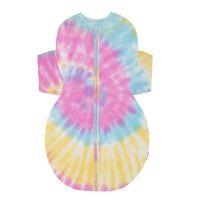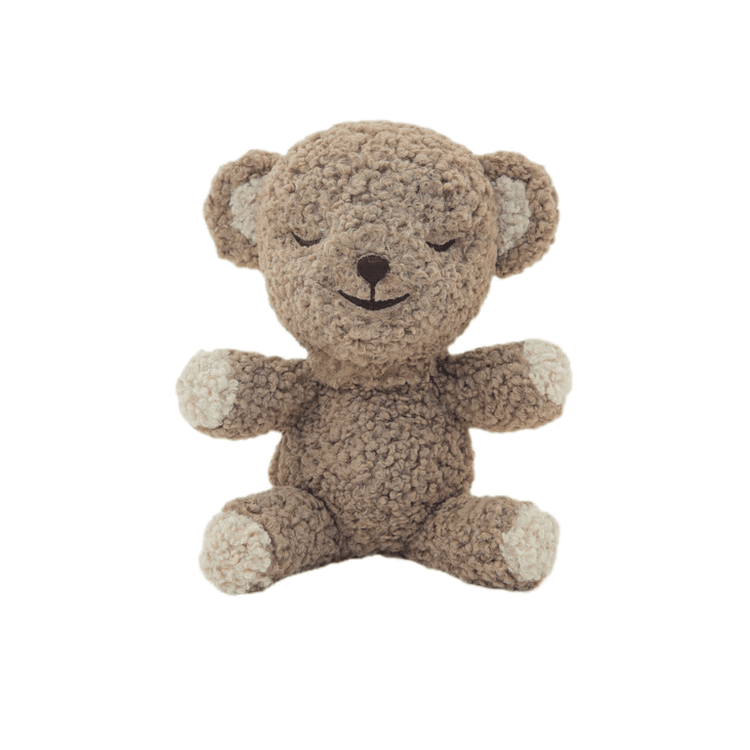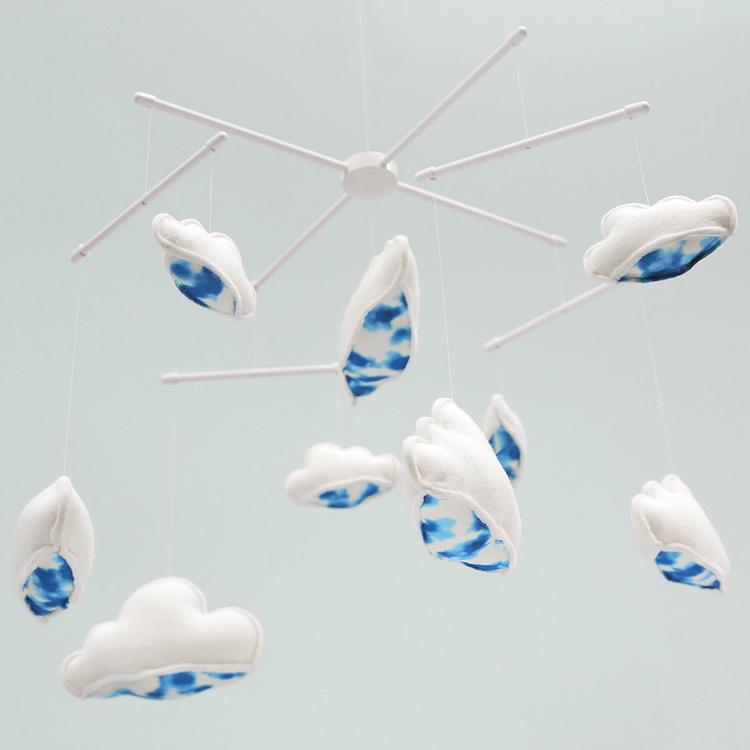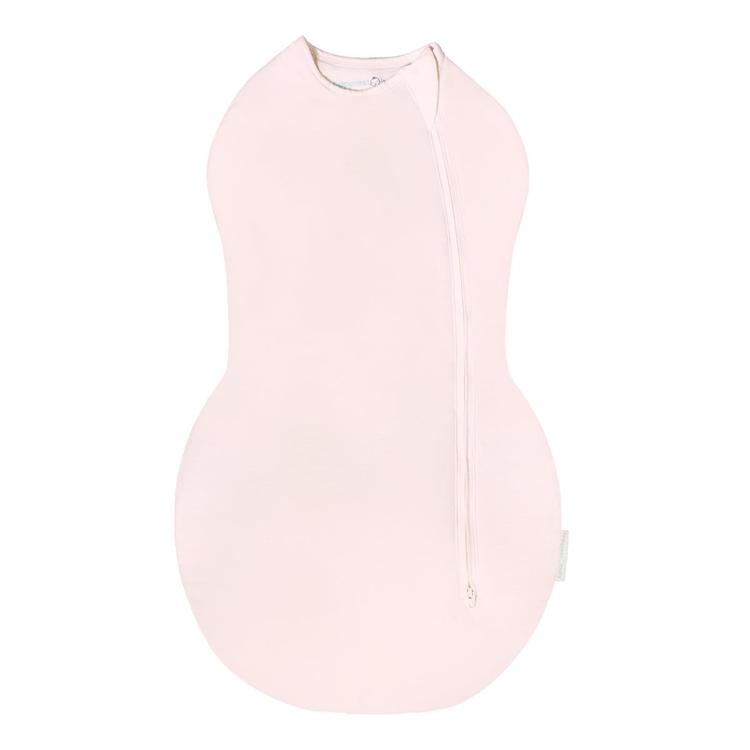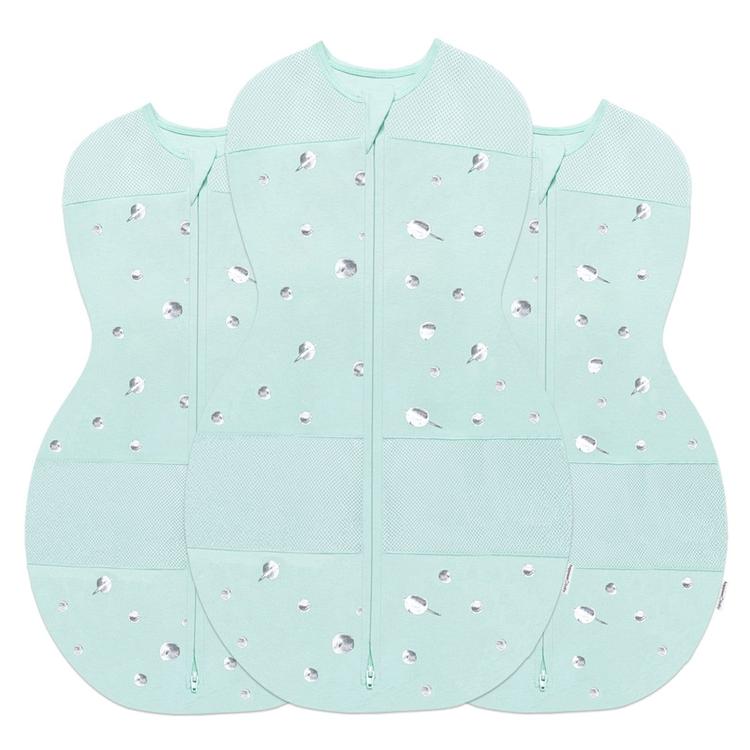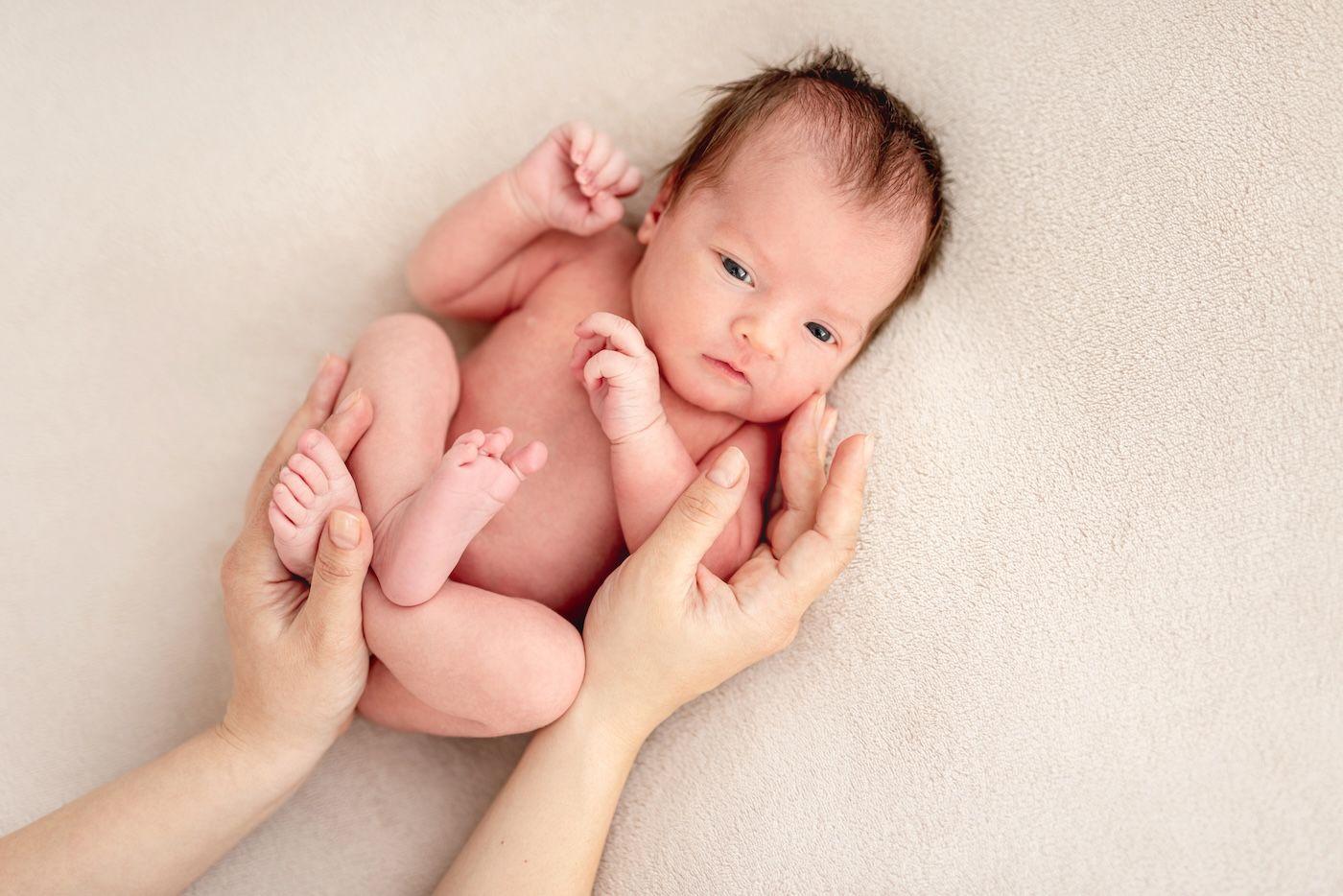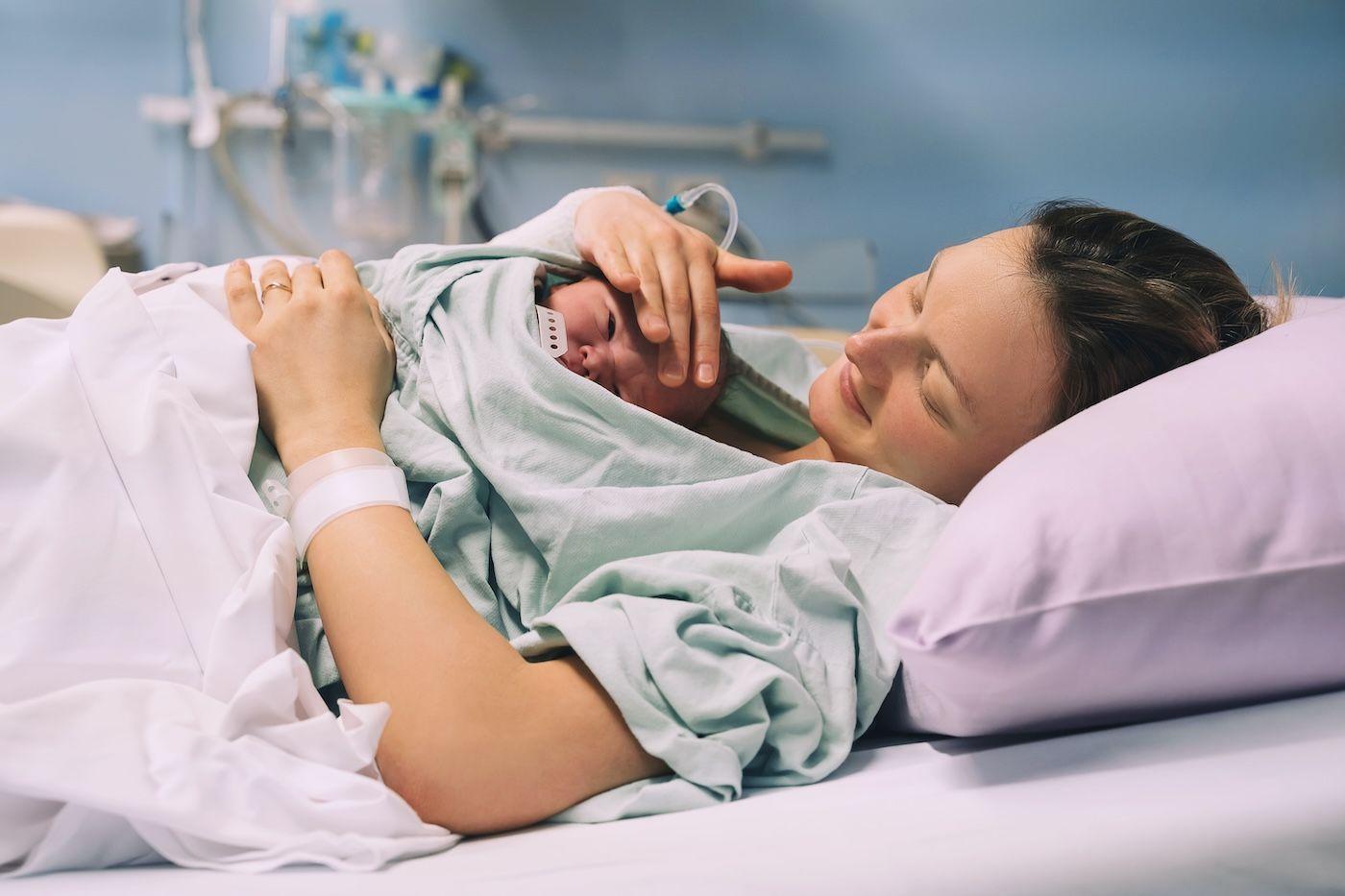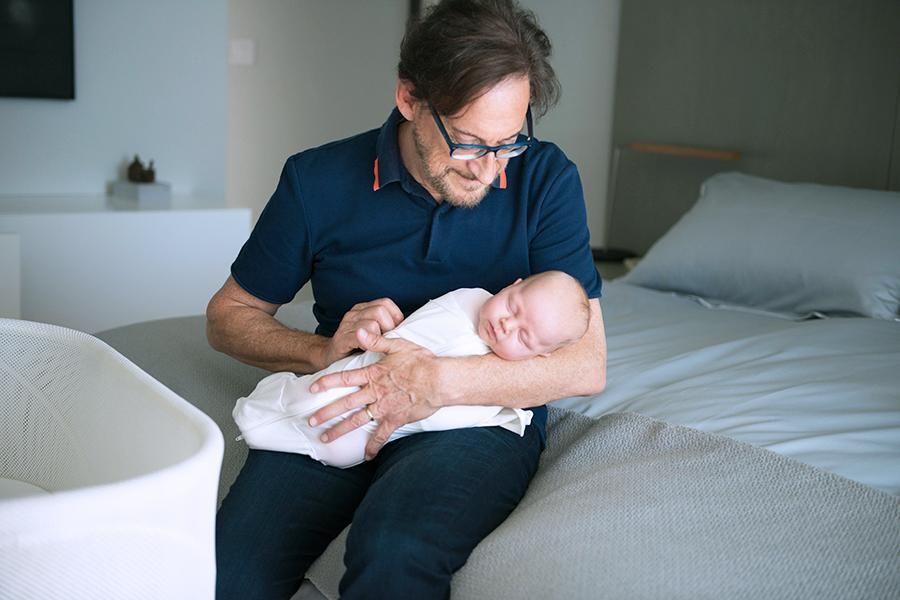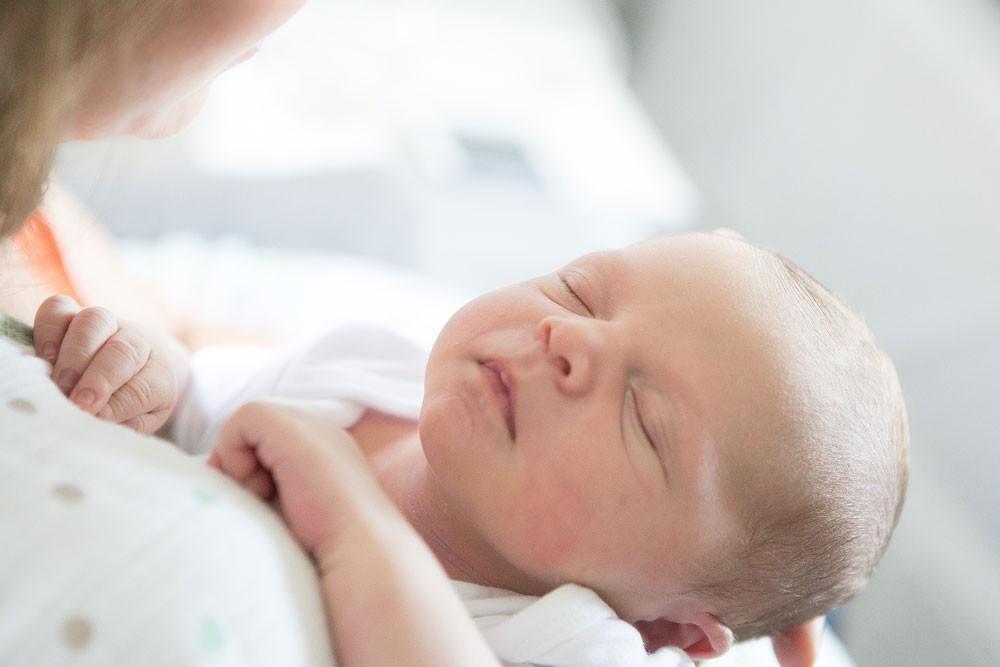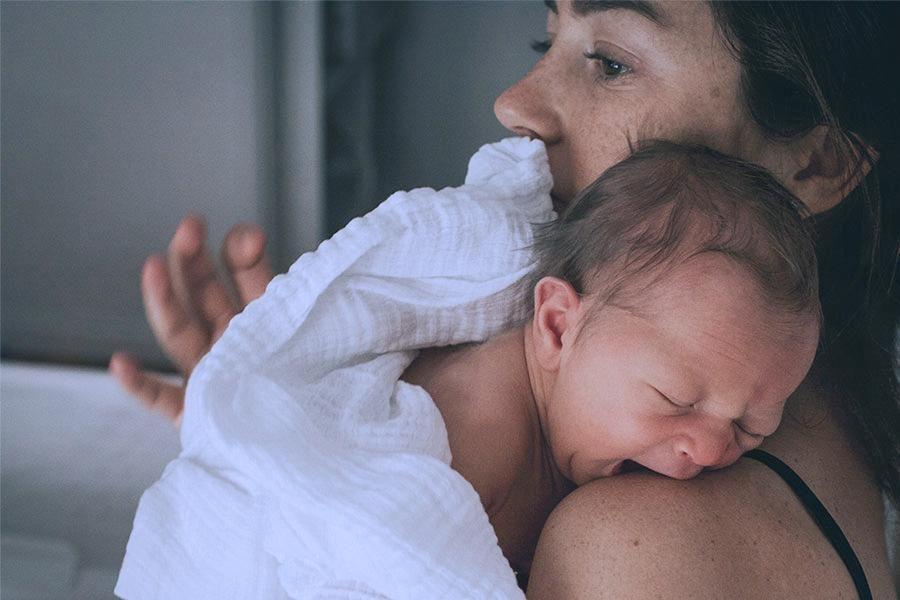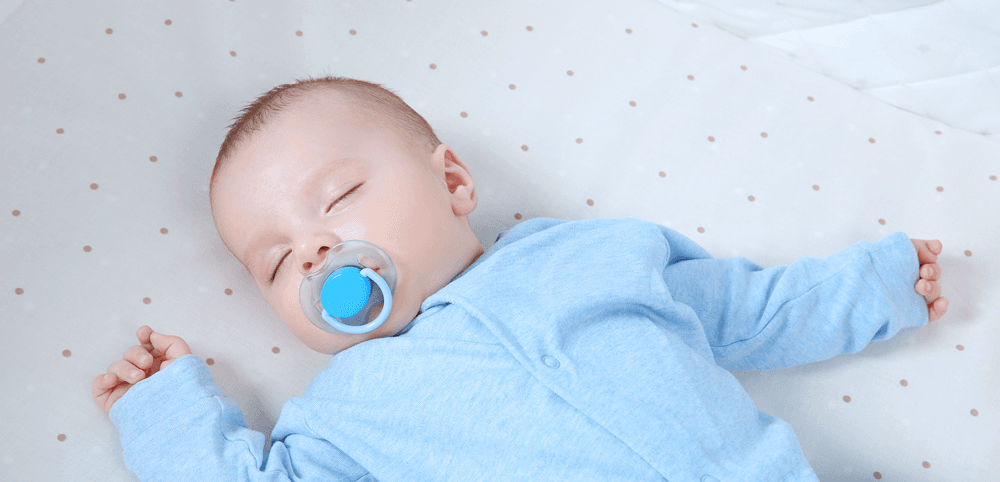BABY
Is Babywearing Dangerous?
A scary new report found that little ones can get seriously hurt while in their baby carrier. Yikes! We share how to keep your precious bub safe and secure.

Written by
Happiest Baby Staff

Baby carriers, baby wraps, and baby slings are very popular...and that is a good thing! These devices allow babies to be carried while leaving their parent’s hands free for other jobs. Plus, little ones adore being worn. Slings and carriers nurture your baby’s senses in a rhythmic, calming fashion. Many studies found that baby carriers are helpful not just as a response to crying, but to also prevent crying...and to promote parent-infant attachment and baby’s development. That said, a recent report found that wearing babies can, in fact, be dangerous. Does that mean you should ditch the baby carrier ASAP? Not at all!
Researchers found that, over the span of 9 years, about 14,000 young patients (mostly under 5 months old) landed in the emergency room due to babywearing injuries. Roughly 19% of those babies wound up being admitted to the hospital. (Yikes!) Over half the babies were injured because they fell from the carrier and 22% got hurt when their caregiver fell. This, however, does not mean that the baby carriers are somehow faulty or inherently dangerous. Instead, it means that new parents need to be educated on buying and wearing the proper size baby carrier—and how to safely secure their baby inside. Some important rules to remember that will help prevent baby falls, grownup fall, and other babywearing related injuries.
Shop smart.
Carriers are not one-size fits all. There are age restrictions and limits, weight requirements, and comfort and fit issues. It is incredibly important to get a carrier that is the right size for your baby...and for you. Consider trying some on before you buy—and before your growing bump alters the fit. If you are getting a pre-loved carrier, always check for recalls to make sure the model you are eyeing is still safe. And examine the product for wear and tear on the seams and fasteners, too.
SHARE THIS ARTICLE
PARENT PICKS
Bestsellers

